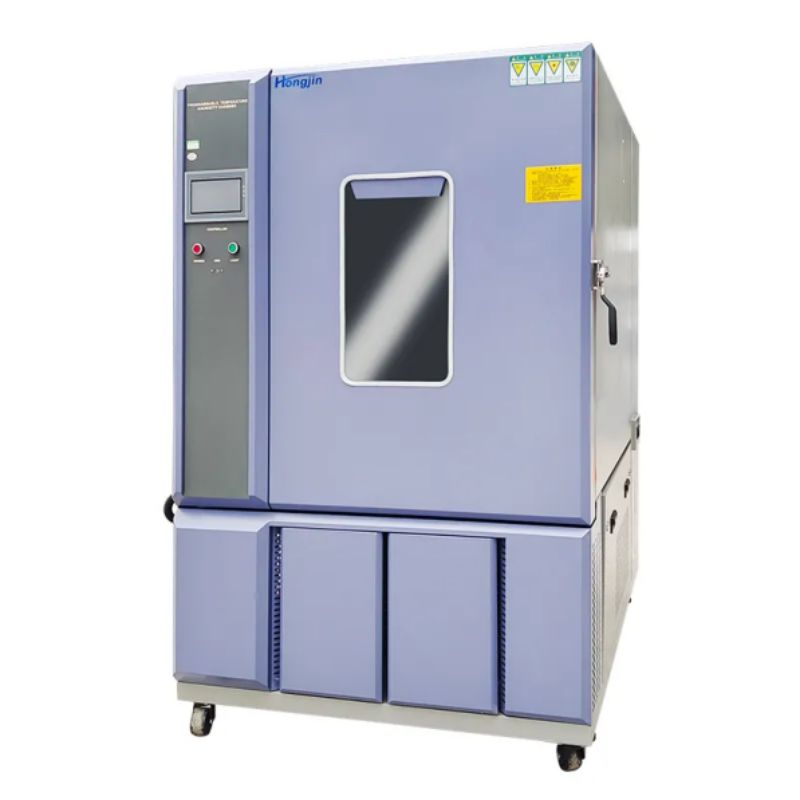The constant temperature and humidity test chamber is widely used, and some common faults may be encountered during use. I don’t know how to solve them, especially the main factors that affect the low evaporation temperature of the refrigeration system. The following is my share of the reasons for the low evaporation temperature of the constant temperature and humidity test chamber.
The reasons for the low volatilization temperature in the constant temperature and humidity test chamber are as follows
1. The cooling system has too much circulating water and too little refrigerant. In this regard, it is necessary to adjust the ratio of cooling circulating water to refrigerant.
2. The refrigeration unit of the constant temperature and humidity test box has insufficient refrigerant.
There is waste blockage in the refrigeration unit of the constant temperature and humidity test chamber, especially in the air conditioning Freon system software, because waste can block the drying and filtering devices and fine pipes, and water in the system software can cause ice blockage in the air conditioning expansion valve.
4. The relay does not work or the relevant gate valve is not opened.
5.The load adjustment power switch is not turned on enough, and the cooling capacity of the refrigeration equipment exceeds the required heat consumption. When the evaporation temperature of the constant temperature and humidity test box is too low, the cause should be identified and the operation of the generator set should be adjusted to effective conditions.
6. The total area of the air conditioning evaporator is inconsistent with the cooling capacity of the refrigeration compressor, that is, the total evaporation area of the air conditioning evaporator is too small.
7. If the overflow valve is opened too small, the amount of refrigerant injected into the air conditioning evaporator is not enough, and the vast majority of indoor spaces have refrigerant vapor overheating, reducing the air conditioning cooling capacity and volatile working pressure.
8. The surface of the evaporative cooling tower immediately frosts or freezes, which increases the heat transfer coefficient and endangers the actual effect of heat transfer, gradually reducing the evaporation temperature and thereby reducing the evaporation working pressure.
Post time: Sep-16-2023

